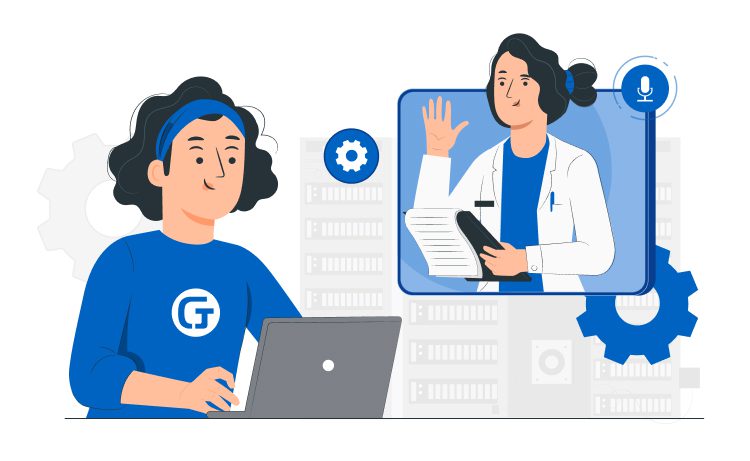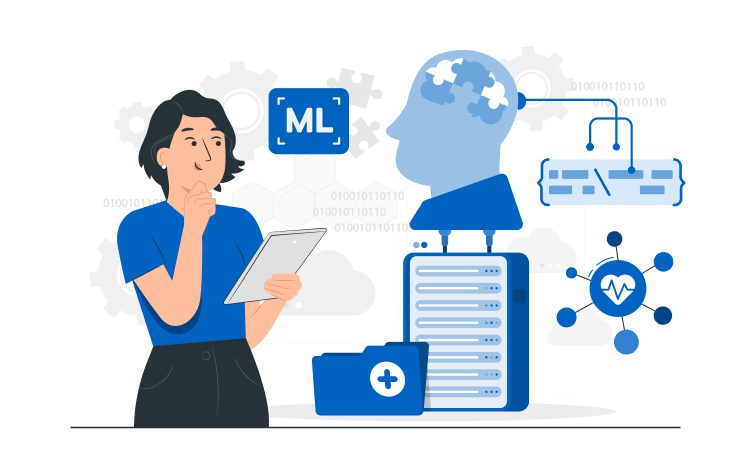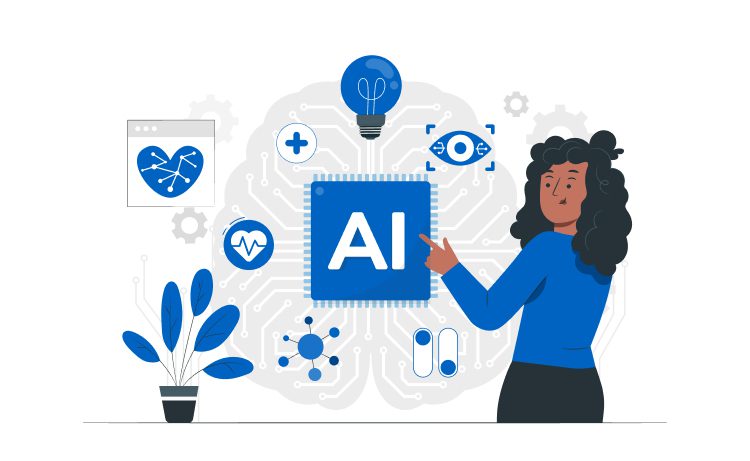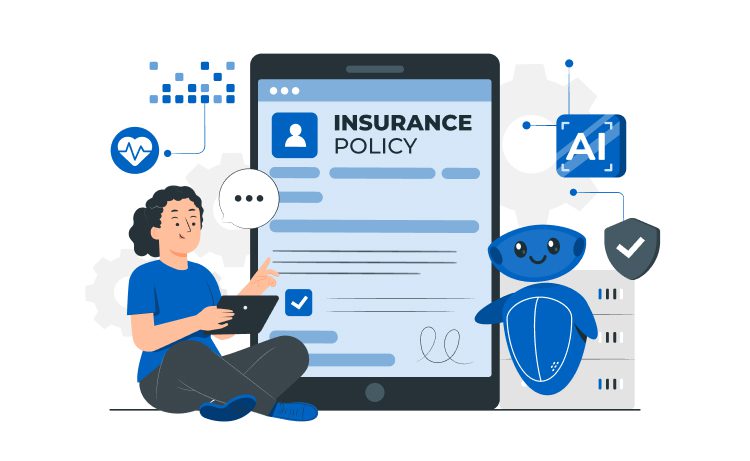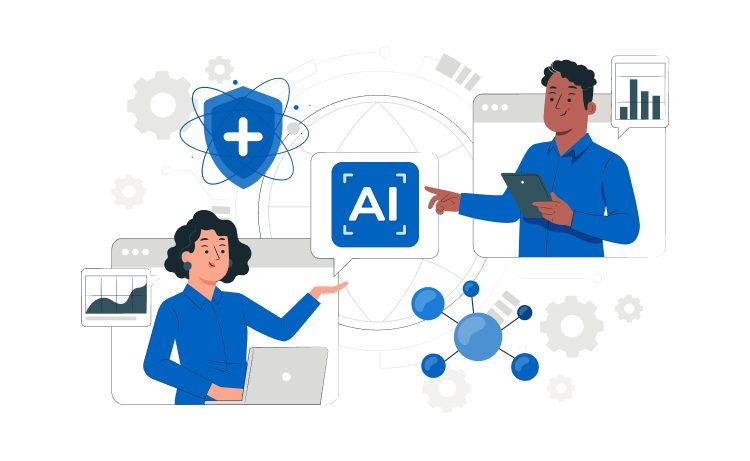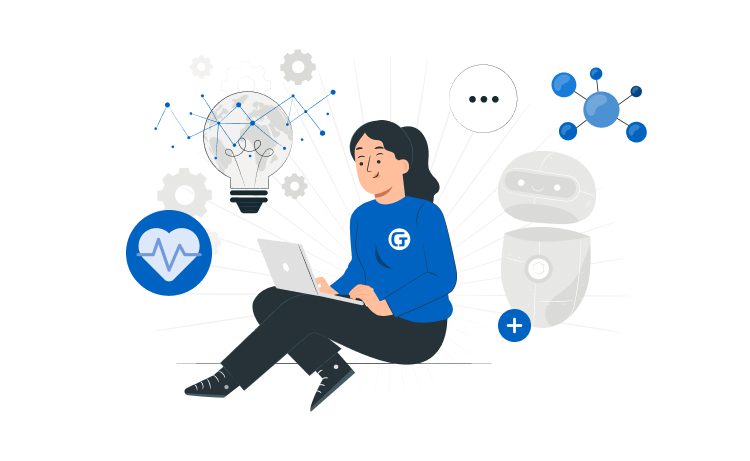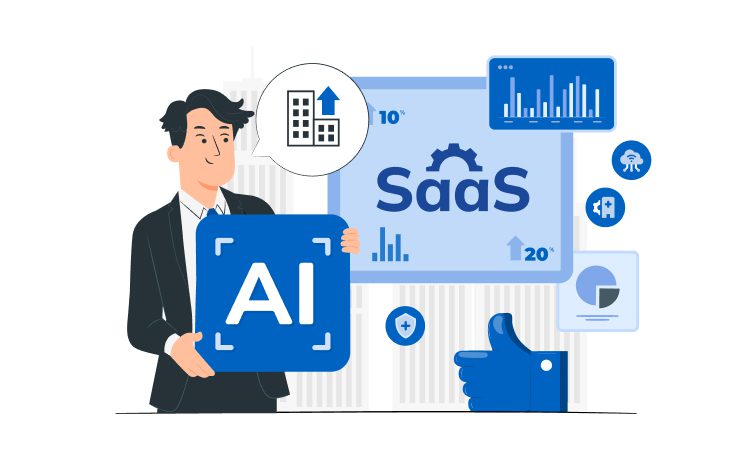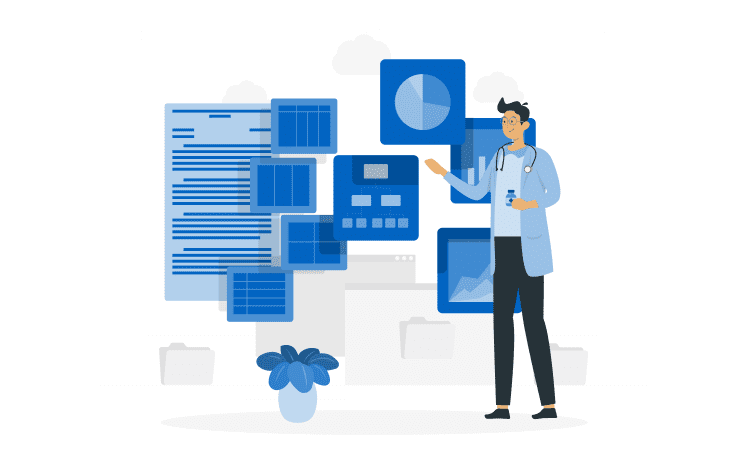
What is an EMR system: Key Capabilities, Functions, and Top Solutions on the Market



Technological advances have expanded healthcare options. This is especially true for data processing. Doctors used to keep paper records and store them on shelves, making it difficult to find and analyze data. In addition, this storage method is very risky since the paper is highly susceptible to external influences.
Today, everything is simpler and more reliable: to work with data, it is enough to have a computer at hand and access to Electronic Medical Record Systems. In this article, we will talk about the features of EMR (simultaneously answer the question of how it differs from Electronic Health Record) and describe the best representatives of the market.
Content

EMR is a software solution for automating patient records from documentation to storage and retrieval. In simple words, this is a digital analogue of the information contained in a standard paper patient record: medical history, examination results, diagnoses, medication prescriptions, allergies, vaccination dates, and notes from medical specialists.
What are EMR systems for a doctor? It is more than just paper records. It is a reliable data storage tool that allows you to track a patient’s health, even when away from the hospital, clinic, or office. The card is available for viewing by several persons simultaneously in remote mode thanks to the function of remote viewing of files.
Reminds of an EHR, doesn’t it? However, these systems should not be confused. Yes, they are used in the same area and have similar capabilities. But they are not interchangeable. The main difference is in the amount of data. The EHR contains official data on all human diseases that the Health Authority keeps. The data is available to other authorized centers and subjects of medical services, laboratories, and government agencies.
An EMR can be a digital copy of a card that does not go beyond a particular institution, i.e., one clinic or medical practitioner. When a patient moves to another clinic, the card does not follow them. Records remain at the institution’s disposal in which they were created and maintained throughout the entire period.
| criteria | EMR | EHR |
| Scope of data | Health data collected in a specific clinic, hospital | General health data from clinics, hospitals, specialists |
| Scale of use | Within the current network. The data does not “follow” the patient and is intended for internal use | Outside one network. Data “follows” the patient wherever they go |
| Purposes of use | Diagnosis, treatment, advancement of care | Pass for all healthcare stakeholders to make clinical decisions |
Both systems are useful tools for improving healthcare. EHR makes health data open to all stakeholders. EMR plays an essential role in accumulating patient data within a single network practice. The choice depends only on what functions the institution needs.
The system helps doctors and nurses securely store and effectively use patient information. The transformation of paper records to digital creates convenient conditions for data control and tracking in the long term. Modern systems have a wide functionality adapted for all stakeholders.
Storing data in a single database. The clinic collects each patient’s health history and places it in the digital space. It provides secure storage, easy documentation of appointments, and convenient tracking of medical history and examination results.
Electronic prescriptions. Physicians can create prescriptions for medicines in electronic format for distribution to pharmacists. Another useful feature of the system is the automatic sending of notifications about dosage, allergies, and incompatibilities with other drugs.
Order Entry. The system allows you to create and send orders for laboratory tests, instrumental studies, etc. This reduces many risks that paper referrals are exposed to: loss among other papers, duplication, errors in the names of surveys (the system automatically corrects them).
Patient Portals. Most Electronic Medical Record Systems have an online portal where the patient can view info about themselves within the institution: the history of visits to the doctor, the schedule for taking medications, the results of examinations, etc.
Reminders for patients. In addition to the online portal, the system offers decision support. Patients receive reminders of scheduled doctor appointments or procedures. There is also a set of recommendations based on gender, age, medical history, and current health status. For example, a recommendation to sign up for a mammogram.
This is not a complete list of features. The system consists of several technological components. In addition to the above e-prescriptions and patient portal, the system may include Practice Management Software, telemedicine, dashboards, workflow tools, and other components to improve healthcare. This set of integrated technologies is what makes EMR valuable to stakeholders.
All parties benefit from using the system. The patient has easy access to their card, which contains data for the entire observation period in a medical institution. For a doctor, transforming standard charts into digital ones means the absence of routine paperwork, which significantly saves time. There are a number of other benefits as well.
The patient can be assured that their data is stored safely and is not moved outside the institution. They have free access to the records, which allows them to be aware of all the results of examinations and appointments, monitor the progress in treatment, visit the doctor on time and undergo procedures.
As you can see, EMR not only stores information but also helps to enter and process it correctly. For example, let’s take the last advantage: when a doctor prescribes a new drug to a patient, the system automatically checks it for correctness. A warning appears if the drug is not compatible with other drugs or is contraindicated for the patient. This reduces the risk of human error.
The functions of modern EMRs often go beyond medical records. So, they allow you to connect to the healthcare network (to specialists, pharmacies, laboratories, emergency care subjects), view reports based on the activities of other clinics, conduct financial management, and much more.
The system has value to the institution in terms of costs. Eliminating routine paperwork and fast document flow increases the efficiency of processes, which in turn reduces operating costs (as well as overtime costs).
Features of using EMR depend on its type. Technologically, systems can be divided into 2 categories: physician-hosted and remotely-hosted.

This is the traditional model for local deployment. The institution installs the software solution on its servers, which requires a significant initial investment. The institution must regularly update the software, troubleshoot, and maintain performance. A specialist is hired to solve these problems.
Due to high costs, this option is suitable for large clinics that can cover the cost of starting up the infrastructure and maintaining the EMR. The local deployment method is beneficial for those who want full data control, guarantee security, and connect to the database without access to the Internet.
In such systems, data is stored remotely, outside the institution. Access to a third-party server is via the Internet. There are various options for such a deployment. For example, the program may reside on the provider’s system (private cloud). Implementation costs go down, but operating costs go up.
A more modern option is the SaaS model. A third-party vendor is responsible for upgrading server hardware, troubleshooting, maintaining security, and backing up data. The institution uses the opportunities provided to it for a monthly fee.
Cloud-based services also work on a monthly subscription basis. These vendors offer more value than SaaS solutions because they have a close relationship with their customers. In general, SaaS and cloud services are the most common in medical practice.
So, even if an institution has the capital to store data locally, remotely-hosted options should be considered. This is a chance not only to avoid implementation costs but also to simplify system maintenance. Moreover, you can find the optimal solution for any task on the market.
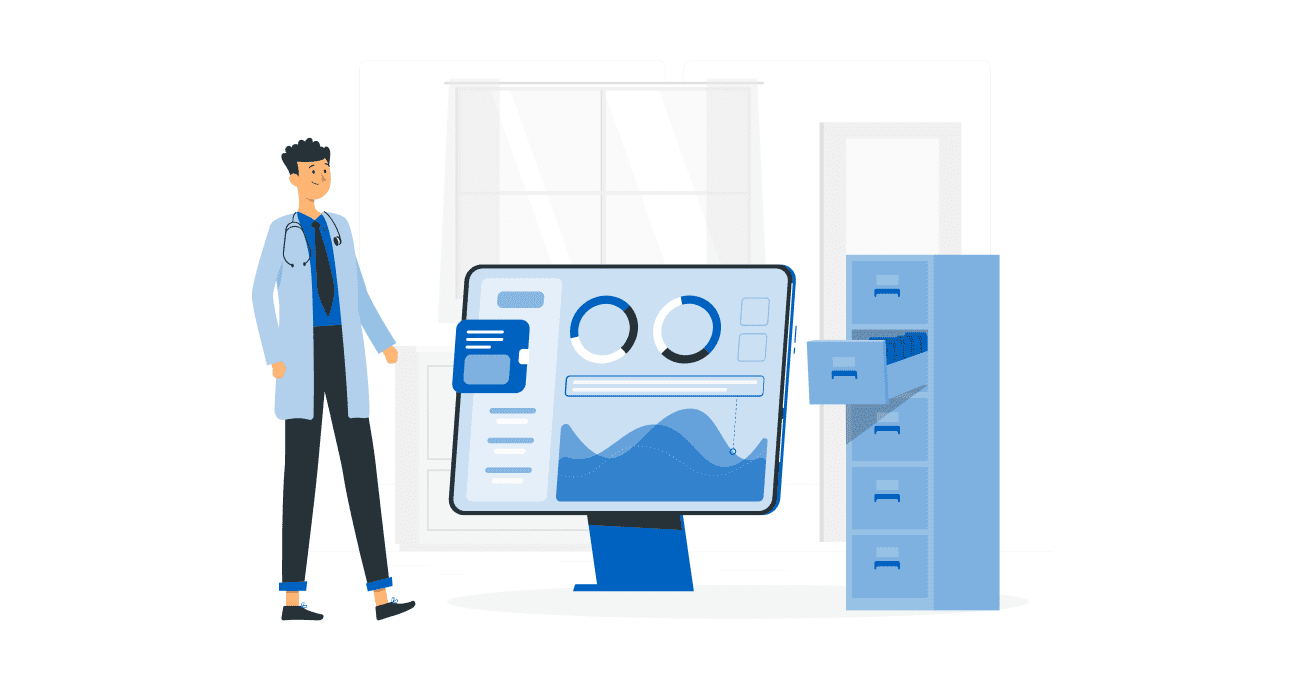
According to Select Hub, the top 3 leaders include Athenahealth, Cerner Ambulatory, EpicCare. Next, we will indicate the rating score and briefly describe the benefits of each solution.
Athenahealth:
This is a cloud-based solution that improves clinical efficiency and eliminates administrative routines in healthcare facilities.
Features:
Cerner Ambulatory:
The solution helps automate physician workflows, simplify clinical decision-making, and improve patient care.
Features:
EpicCare:
Outpatient solution for documenting patient health and managing daily operations. The possibilities are not limited to portable medical records.
Features:
Such complex Electronic Medical Record Systems have their limitations. Based on customer feedback, there are bugs with the patient’s mailbox in Athenahealth. Cerner Ambulatory does not have seamless integration with third-party solutions. EpicCare is not ideal in export and data processing. If you want to avoid problems, developing a product from scratch is better to meet your facility’s requirements and objectives.
Thus, EMR takes medical facility workflows to the next level. Converting paper records to digital format saves doctors time and improves clinical and management decision-making. The system also provides easy access to healthcare subjects for crucial medical information.

